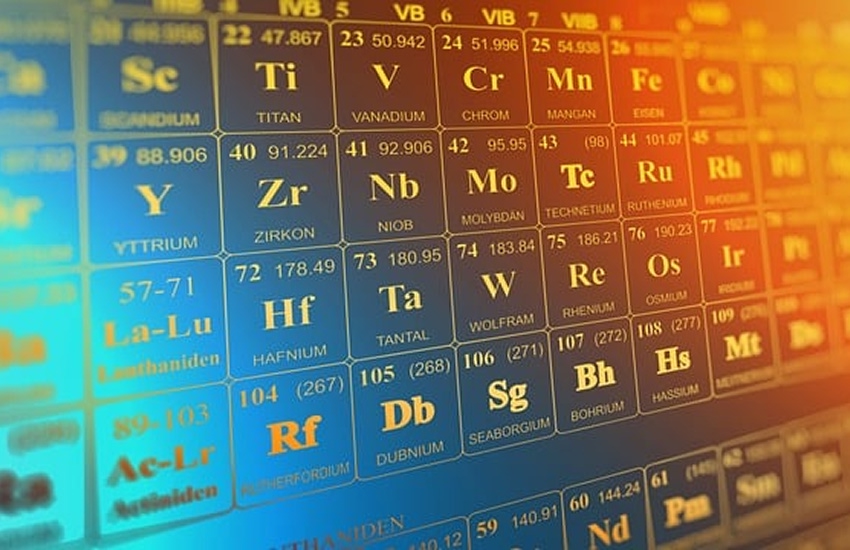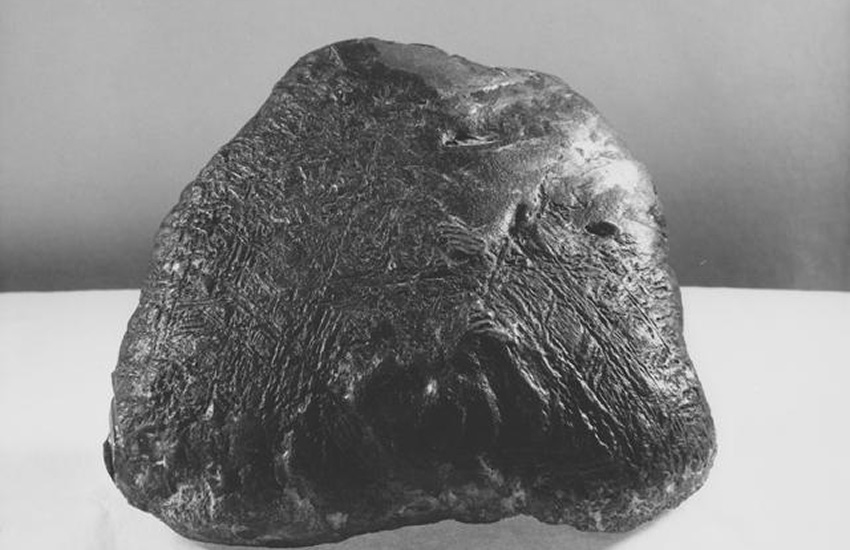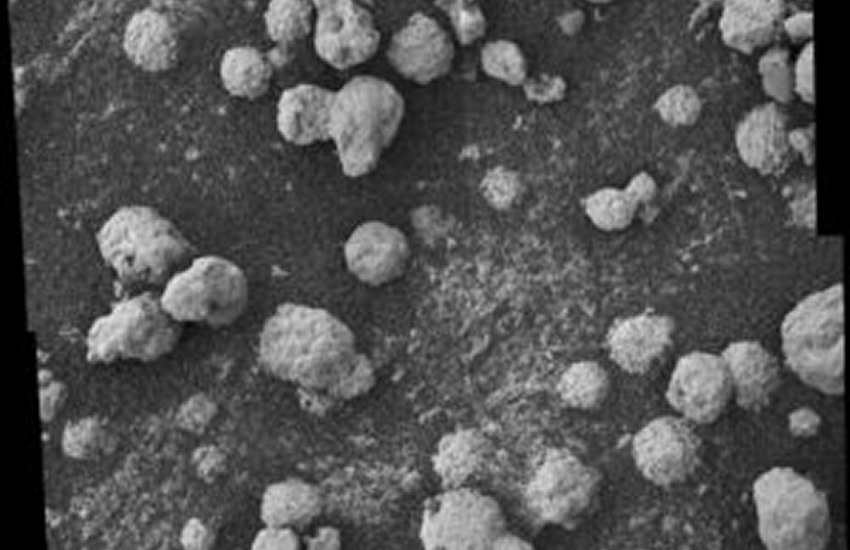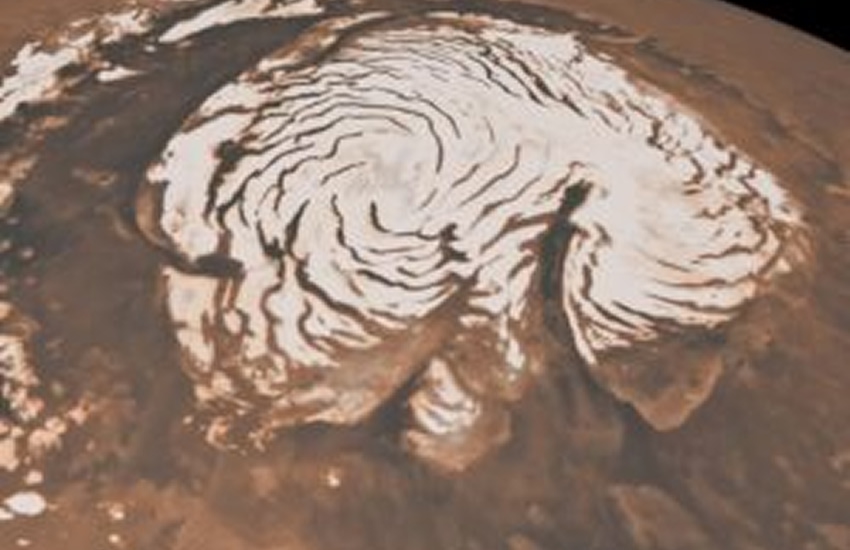As space exploration advances, scientists and engineers are looking at the Moon, Mars, and asteroids as potential sources of raw materials for human expansion through the solar system. While these celestial bodies contain many useful chemical elements, there are still some resources we may struggle to find – or may not exist there at all. Understanding what’s missing is just as important as knowing what’s available.
So, which elements are absent or rare in space? Could there be materials beyond our periodic table waiting to be discovered? Let’s explore the limitations of moon mining, asteroid mining, and Mars mining, and what challenges we might face in sourcing essential elements beyond our planet.
What Elements Are Missing in Space?

Despite the fact that the Moon, Mars, and asteroids offer many essential elements, several key chemical elements that are abundant on Earth are either scarce or completely absent in space. This could pose significant challenges for human expansion beyond our planet.
Here are the most important elements that are rare or missing:
- Noble Gases ( Neon, Argon, Krypton, Xenon) – These gases, essential for cooling systems, pressurization, and lighting, are nearly absent on the Moon and most asteroids due to their lack of atmosphere. Mars has trace amounts, but not nearly enough to be a viable source. Without these gases, establishing efficient life support and industrial systems in space will require alternative solutions.
- Carbon and Nitrogen – These elements, crucial for life and fuel production, are largely missing on the Moon and in most asteroids. Mars has some carbon dioxide in its atmosphere, and certain carbon-rich asteroids contain organic molecules, but not in quantities comparable to Earth. Without a steady supply, sustaining long-term colonies and developing efficient fuel sources will be difficult.
- Base Metals (Copper, Zinc, Lead) – Copper is essential for electrical systems and space infrastructure, but it is scarce on the Moon. While some asteroids may contain low-grade copper deposits, which could provide a future source, Mars may hold more promising reserves, with potential magmatic copper deposits.
Zinc and lead are also expected to be difficult to find on the Moon. There is speculation that impact-induced hydrothermal systems on Mars could have created deposits of these metals, but this remains uncertain. Fortunately, zinc and lead can be more easily substituted in various applications compared to copper.
- Battery Metals (Lithium) – Lithium is thought to originate from exploding white dwarf stars before being concentrated in certain environments on Earth. Lithium, a key element for energy storage, may be one of the rarest elements to be found on the Moon, Mars, or asteroids. Unlike other metals, lithium is typically concentrated in brine deposits formed through evaporation cycles and hydrothermal activity, processes that are largely absent on the Moon.
There are theories that lithium could exist in subsurface brine deposits on Mars, similar to those found in certain locations on Earth. However, this remains uncertain, and if lithium is not readily available on the Moon or Mars, asteroids or alternative battery chemistries may need to be explored for long-term space missions.
Why Are Some Elements Missing?
While most elements likely exist in trace amounts on celestial bodies, their geological histories often prevented them from being concentrated into economically viable deposits or caused them to be lost over time due to a lack of atmospheric retention or geological processes.
Geological History
Unlike Earth, which has a complex geological history shaped by plate tectonics, the Moon, Mars, and especially asteroids lack the processes needed to concentrate metals into economically viable ore deposits. On Earth, geological activity – such as hydrothermal systems, magmatic differentiation, and plate movements – helps enrich metals like lithium, copper, zinc, and lead in certain locations, making them mineable.
Without these processes, metals remain widely dispersed rather than forming high-grade deposits. This is why celestial bodies with simpler geological histories are unlikely to have concentrations of all the metals needed for industry and infrastructure.
Atmospheric and Hydrological Differences
The loss of a planet’s atmosphere over time results in the escape of volatile elements like hydrogen, nitrogen, and noble gases into space, making them scarce or entirely absent on bodies like the Moon. Without these gases, producing breathable air, chemical fuels, and other essential compounds requires advanced extraction methods and resource utilization.
In contrast, Mars, with its thin atmosphere, retains some carbon dioxide but lacks the geological recycling processes that help maintain accessible resources on Earth.
What Elements Can Be Found in Space?
While certain elements are rare, others are relatively abundant and could support future space exploration and colonization. Understanding which chemical elements can be sourced from the Moon, Mars, and asteroids is essential for space mining operations.
Elements Available for Resource Utilization
Let’s check out some of the key elements that can be found on the Moon, Mars, or the asteroids:
- Oxygen – One of the most abundant elements on the Moon and Mars, oxygen is found in the form of oxides within rocks, the regolith, and the water. It can be extracted from lunar soil, Martian rocks, or water by hydrolysis and used to create breathable air and oxidizers for rocket fuel.

- Iron and Nickel – Found in M-type asteroids, lunar regolith, and sedimentary deposits on Mars, iron and nickel are essential for building habitats, spacecraft, and tools. The iron-rich regolith on the Moon could support in-situ construction using 3D printing techniques, reducing reliance on Earth-based materials.
On Mars, iron oxides occur in sedimentary deposits, such as the hematite-rich “blueberries” discovered by NASA’s Opportunity rover. These small spherical concretions suggest that water once played a role in Mars’ geological history, influencing the formation of iron-rich deposits. While Martian iron may not be as readily available as in asteroids or lunar regolith, its presence in sedimentary layers could still offer valuable resources for future missions.

- Gold and PGE’s
- Cobalt
- Rare Earth Elements
- Silicon – Found in basaltic rocks on the Moon and Mars, silicon is crucial for producing solar panels, electronics, and structural materials. This could enable long-term energy production for lunar and Martian settlements.
- Water Ice – Water ice is found in permanently shadowed craters at the lunar poles, within C-type asteroids, and at higher latitudes on Mars. This ice can be split into hydrogen and oxygen, providing drinking water, breathable air, and key components for rocket fuel, making it a crucial resource for sustaining long-term space missions.

- Magnesium, Aluminum, and Titanium – These lightweight and strong metals are present in lunar and Martian crusts and could be used in spacecraft and habitat construction.
If we manage to exploit these available elements, future space missions could become more self-sufficient and reduce the need to transport supplies from Earth, enabling the establishment of ultimately self-sustaining civilizations.
Could There Be New Elements in Space?
Beyond elements we can’t find, scientists are also considering whether entirely new chemical elements exist beyond our known periodic table. Some superheavy elements could be forming under extreme cosmic conditions, but have yet to be observed in nature.
Here are some of them:
- Black hole environments and neutron star collisions might create elements heavier than anything on Earth. These environments contain immense pressure and energy levels, allowing nuclear reactions that don’t naturally occur in our solar system. Studying these cosmic events could help us understand whether elements beyond our periodic table exist.
- Asteroids with unusual compositions, especially large ones classified as minor planets, could contain traces of exotic materials. Some asteroids have already been found to contain compounds that don’t commonly form on Earth, and ongoing research into asteroid samples may reveal more surprises.
For instance, analyses of samples from asteroid Ryugu, collected by Japan’s Hayabusa2 mission, revealed some of the most primitive materials ever studied, dating back to just 5 million years after the formation of the solar system.
Additionally, the metal-rich asteroid 16 Psyche is believed to be composed of a mixture of rock and metal, with metal comprising 30% to 60% of its volume. This unique composition has led scientists to hypothesize that Psyche could be the remnant core of a larger protoplanet.
While speculative, studying these possibilities could expand our understanding of the fundamental building blocks of the universe!
What to Do About Missing Elements in Space?
If key elements are scarce or entirely absent, future missions will need to find alternatives. Possible solutions include:
- Bringing materials from Earth – If no viable sources of certain elements, like lithium, are found, importing them may be necessary, at least initially.
- Finding substitutes – Materials and processes in space may evolve differently from those on Earth. For example, aluminum could replace copper for wiring, or entirely new manufacturing techniques could emerge.
- Recycling and repurposing – With limited supplies, efficient recycling of metals, electronics, and other materials may become essential for long-term sustainability.
These approaches could shape the way we build, manufacture, and survive in space, leading to solutions unlike anything we use on Earth.